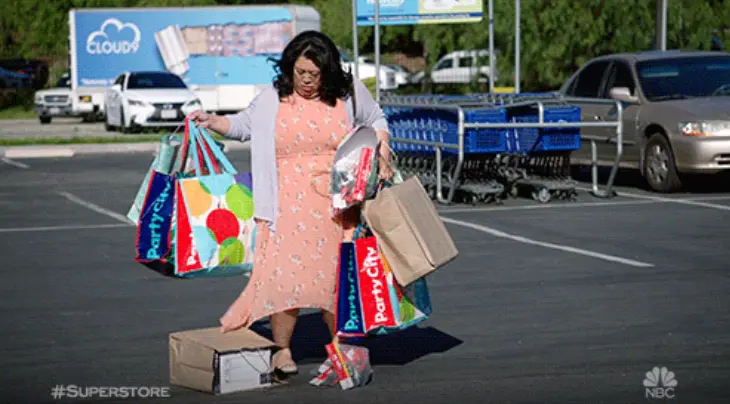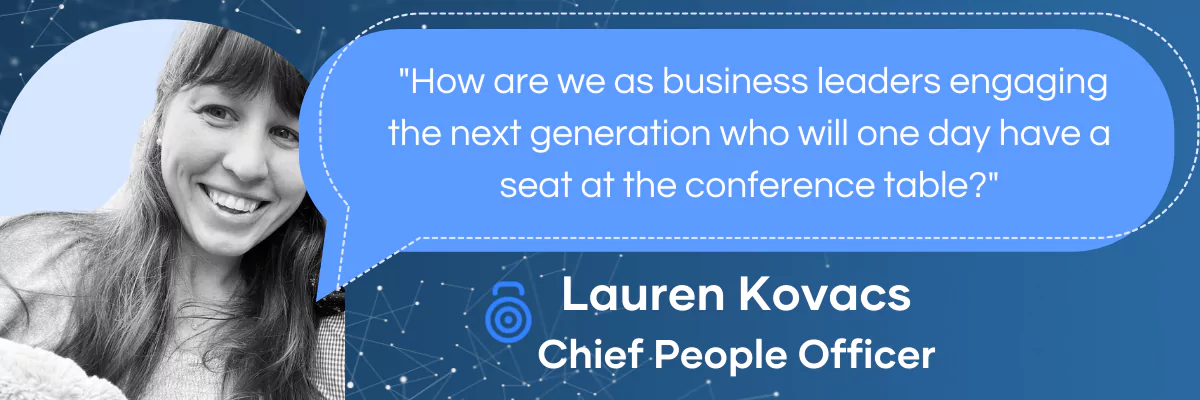Are retail partners hiding their MAP violations by utilizing Google Ads to run lower prices “behind-the-scenes”? That can be difficult to determine unless (insert anticipation building drum roll) you have access to monitoring Google Shopping!
Google Shopping is an exciting expansion for our monitoring capabilities which not only help brands “monitor the whole internet” for violating partners and unauthorized sellers, but also helps brands protect their Amazon listings.
With all of that being said, we understand if there is some skepticism about what a profound addition this is to protecting your brand due to the rampant misinformation on how MAP monitoring works and when it applies. So let us be a voice of truth.
Did you know Amazon scrapes Google Shopping?
First of all, solution providers in our industry love to throw around the phrase, “monitor the whole internet,” which we’ve mentioned above. While we want you to know we now monitor in this way as well, we also want to maintain transparency; know that this is not an infallible statement, we (and they) are able to capture most of the internet by scraping data from Google Shopping, but never all.
The reason Google Shopping is an imperative tool to protect Amazon listings is because Amazon scrapes information from Google Shopping and treats this information as if it’s all the important product listings available on the internet. Amazon does this to ensure your brand’s products on their platform are listed at a competitive, or usually lower price. If your listings negatively affect Amazon’s “lowest price” image, they will penalize your content/ads, suppress the Buybox for your brand, and drop prices below your Minimum Advertised Price Policy.
Does Monitoring Google Shopping Help with Authorized and Unauthorized Sellers?
Secondly, true brand protection requires MAP enforcement for authorized partners and material difference/trademark/copyright/counterfeit enforcement for unauthorized sellers. Both of these objectives are aided through scraping Google Shopping’s data. This captures such a range of marketplaces (i.e Walmart, Target, Best Buy) and individual seller listings (i.e. listings on Ebay, Poshmark, and Mercar) making this a great asset in finding rogue sellers who are reselling discounted products they’ve sourced.

How are Brand Guarde’s Capabilities Expanded Through Google Shopping?
Unlike Regina George (we hope you caught our Mean Girls reference in the title), we welcome some healthy questioning, so let us break our new and improved abilities down for you:
- Analyze Price Wars
- By being able to monitor Google Shopping our clients can catch problematic partner listings before Amazon penalizes them or at least know where to start fixing the problem if Amazon has already taken notice.
- Additionally, we provide custom exportable Pricing Reports to show brands exactly which retailer or seller dropped their prices and when. If there is a price war going on, brands will have proof of who dropped their price first and when others followed suit. This helps keep partners in line with agreements.
- Compare Partner Website Listing vs. Ads
- As we mentioned above, a sneaky way to get around MAP pricing is utilizing “shadow” sales listings. A partner may have a product listed at the appropriate price on their standard website listing, yet run Google Ads, which will aggregate on Google Shopping appearing as a competitive lower listing to Amazon—leading us to our note about Amazon’s penalties.
- Monitor Ebay
- Google shopping allows us to bring in the additional marketplace, Ebay. This is specifically helpful in finding unauthorized seller listings. Our enforcement software can then be used to remove these bad actors from selling products they shouldn’t have access to.
- Locate The Lowest Price
- Not only can you watch out for price wars, you can see the lowest price for your product and prioritize the removal of that unauthorized seller—or enforcements on authorized partners violating your pricing agreements.
So, Google Shopping is different from other marketplaces in that it aggregates not only retailers like BestBuy but also other marketplaces such as Walmart—which means a treasure trove of pricing data for our clients and a clear list of top offenders for us to go after ( and send the shopping bag of shame ).

Our expansion into Google Shopping now allows our clients to track pricing on unique marketplaces such as Poshmark and Mercari (which we don’t traditionally support). Exciting for customers who have issues on Ebay, we have taken our capabilities even further with the link between Google Shopping and Ebay which allows us to scrape individual Ebay pages for every seller name that is not displayed by Google Shopping.
If you’re on the fence, we have more information on our MAP Monitoring capabilities and our best-in-class enforcement software in our latest blog posts. Our team would love to demo how we merge these two brand protection programs into the most comprehensive tool in the industry. Please reach out so we can help you!





















